Home>Furniture & Design>Outdoor Furniture>How Often To Water Outdoor Mums
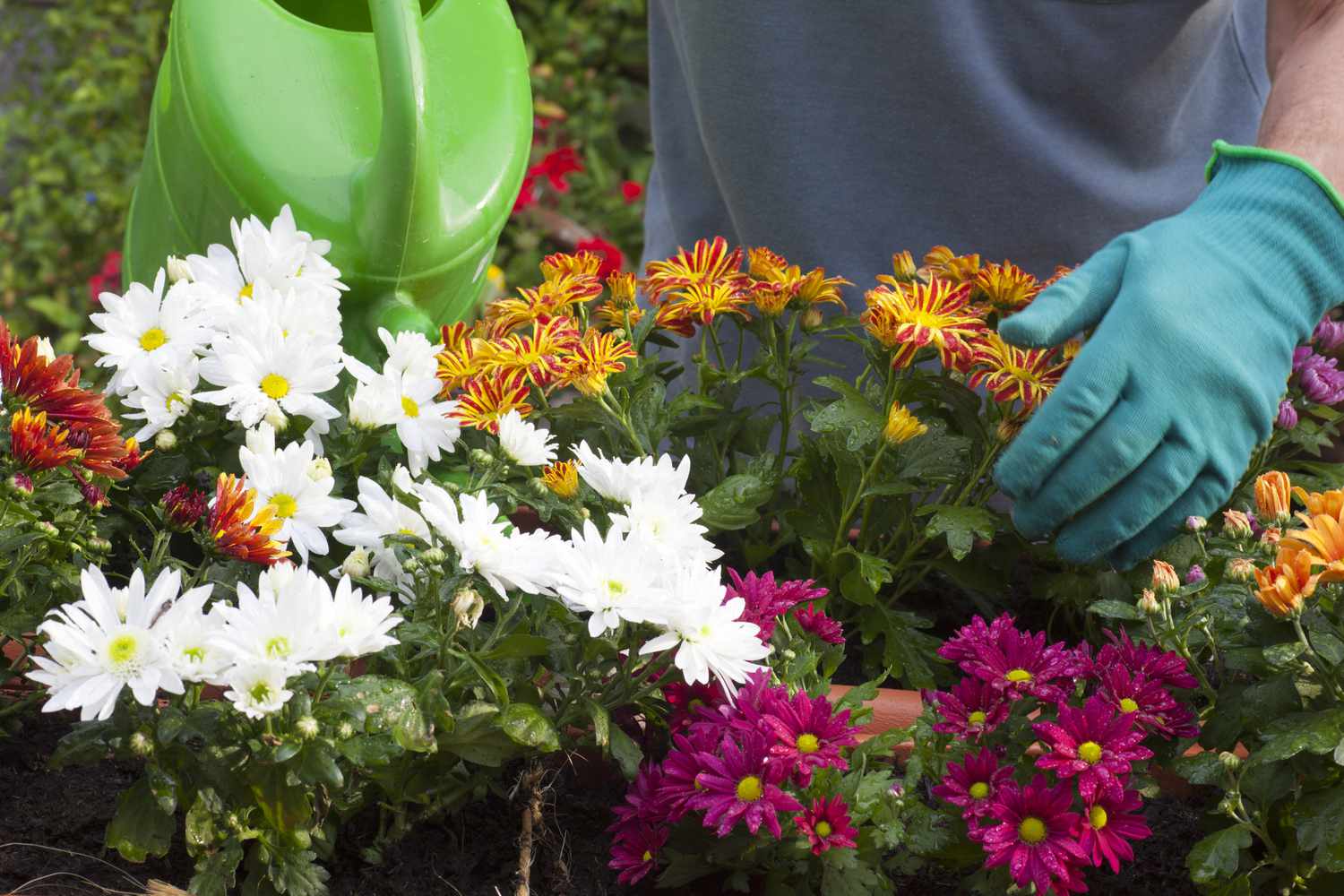

Outdoor Furniture
How Often To Water Outdoor Mums
Modified: March 2, 2024
Learn how often to water outdoor mums and keep your outdoor furniture looking fresh with our expert tips. Find the best watering schedule for your outdoor mums.
(Many of the links in this article redirect to a specific reviewed product. Your purchase of these products through affiliate links helps to generate commission for Storables.com, at no extra cost. Learn more)
Introduction
Outdoor mums, known for their vibrant blooms and resilience, are a delightful addition to any garden or outdoor space. To ensure these beautiful flowers thrive, it is crucial to understand the best watering practices. Finding the right balance between too much and too little water is essential for the health and longevity of outdoor mums. In this article, we will explore the factors that influence the frequency of watering, signs of underwatering and overwatering, general guidelines for watering outdoor mums, and special considerations for container mums. By the end, you will have the knowledge and confidence to keep your outdoor mums flourishing throughout the growing season. Let's dive in and uncover the secrets to successful watering of outdoor mums!
Key Takeaways:
- Water outdoor mums when the top inch of soil feels dry, adjusting based on weather and plant size. Look for wilted leaves for underwatering and yellowing leaves for overwatering.
- Container mums need well-draining soil, proper watering, and occasional repotting for healthy growth. Choose a container with drainage holes and protect from extreme weather.
Read more: How Often To Water Mums Outside
Factors Affecting Watering Frequency
Several factors influence the frequency at which outdoor mums should be watered. Understanding these variables is crucial for maintaining the optimal moisture levels for these plants.
- Weather Conditions: The prevailing weather plays a significant role in determining how often outdoor mums need to be watered. During hot and dry periods, the soil tends to dry out more quickly, necessitating more frequent watering. In contrast, cooler and rainy weather may reduce the frequency of watering as the soil retains moisture for longer periods.
- Soil Type: The composition of the soil directly impacts its water retention capabilities. Well-draining soil allows excess water to escape, preventing waterlogged conditions that can be detrimental to mums. In contrast, clay soils, which retain water more effectively, may require less frequent watering.
- Plant Size and Growth Stage: The size and growth stage of outdoor mums also influence their water requirements. Newly planted or smaller mums typically need more frequent watering to establish their root systems and facilitate growth. As the plants mature, their water needs may decrease, although this can vary based on environmental conditions.
- Exposure to Sunlight: The amount of sunlight the mums receive impacts their water needs. Plants situated in full sun may require more frequent watering due to increased evaporation, while those in shaded areas may retain moisture for longer periods.
- Wind: Windy conditions can accelerate soil moisture evaporation, leading to a quicker drying of the soil. Consequently, mums in windy locations may require more frequent watering to compensate for the increased water loss.
By considering these factors, gardeners can adapt their watering routines to meet the specific needs of outdoor mums, promoting healthy growth and vibrant blooms.
Signs of Underwatering and Overwatering
Recognizing the signs of underwatering and overwatering is crucial for maintaining the health and vitality of outdoor mums. By understanding these indicators, gardeners can adjust their watering practices to ensure optimal growing conditions for these beloved flowers.
- Underwatering: When outdoor mums are not receiving adequate water, several visible signs may manifest. The leaves may wilt, appearing limp and lacking turgidity. Additionally, the foliage may become dry and brittle, losing its vibrant color and healthy sheen. In severe cases of underwatering, the leaves may begin to brown and curl at the edges. The soil around the plant may also appear excessively dry and pull away from the edges of the container or planting area.
- Overwatering: Conversely, overwatering can have detrimental effects on outdoor mums. One common sign of overwatering is the yellowing of leaves, often accompanied by a wilted or drooping appearance. The soil may become waterlogged, leading to a foul odor and the potential development of mold or mildew. In advanced stages of overwatering, the plant’s roots may rot, causing further decline in the overall health of the mums.
By closely monitoring the appearance of the foliage, the condition of the soil, and the overall vigor of the plants, gardeners can identify whether their outdoor mums are receiving the appropriate amount of water. Adjusting the watering frequency and volume based on these visual cues can help maintain the plants’ well-being and promote robust growth.
Water outdoor mums when the top inch of soil is dry, usually every 1-2 days. Be sure to water at the base of the plant to avoid wetting the leaves, which can lead to disease.
General Guidelines for Watering Outdoor Mums
Establishing a consistent and effective watering routine is essential for the health and vitality of outdoor mums. By following these general guidelines, gardeners can ensure that their mums receive the appropriate amount of water to thrive throughout the growing season.
- Deep Watering: When watering outdoor mums, it is important to ensure that the water penetrates deeply into the soil. Shallow watering may encourage shallow root growth, making the plants more vulnerable to drought conditions. Aim to water the mums thoroughly, allowing the moisture to reach the root zone.
- Watering Frequency: The frequency of watering outdoor mums is influenced by various factors, including weather conditions, soil type, and plant size. As a general rule, it is advisable to water the mums when the top inch of the soil feels dry to the touch. However, it is crucial to monitor the plants closely and adjust the watering frequency based on their specific needs.
- Time of Day: Watering outdoor mums in the early morning is often recommended, as this allows the foliage to dry before evening, reducing the risk of fungal diseases. Avoiding midday watering, when the sun is intense, can minimize water loss through evaporation.
- Consistent Moisture: While outdoor mums benefit from well-drained soil, it is important to maintain consistent moisture levels. Avoid allowing the soil to dry out completely between waterings, as this can stress the plants. Conversely, preventing waterlogged conditions is crucial to prevent root rot and other moisture-related issues.
- Mulching: Applying a layer of organic mulch around outdoor mums can help regulate soil moisture by reducing evaporation and insulating the root zone. Mulching also offers additional benefits, such as weed suppression and protection from temperature fluctuations.
By adhering to these general guidelines, gardeners can establish a watering routine that promotes the health and vigor of outdoor mums, ultimately enhancing the beauty of their outdoor spaces.
Special Considerations for Container Mums
Container mums require specific care and attention to thrive in a confined growing environment. By addressing the unique challenges associated with container gardening, gardeners can ensure that their mums flourish and produce an abundance of colorful blooms.
- Container Selection: Choosing the right container is crucial for the success of mums. Select a container with adequate drainage holes to prevent water from accumulating at the bottom, which can lead to root rot. Additionally, ensure that the container provides ample space for the mum’s root system to expand.
- Well-Draining Soil: Using a high-quality, well-draining potting mix is essential for container mums. This type of soil promotes proper aeration and drainage, reducing the risk of waterlogged conditions that can harm the plants.
- Watering Techniques: Container mums may require more frequent watering than those planted in the ground, as the soil in containers tends to dry out more rapidly. Monitor the moisture levels closely and water the mums when the top inch of the soil feels dry. Avoid overwatering, as excess moisture can compromise the health of the plants.
- Fertilization: Container mums benefit from regular fertilization to support their growth and blooming. Use a balanced, water-soluble fertilizer according to the manufacturer’s instructions to provide the essential nutrients the mums need for robust development.
- Protection from Extreme Conditions: Containers are more susceptible to temperature fluctuations, especially during hot or cold spells. Positioning the containers in locations that offer some protection from extreme weather can help safeguard the mums from stress and damage.
- Monitoring Root Growth: As mums grow in containers, periodically check for signs of overcrowded roots. If the roots become densely packed, consider repotting the mums into larger containers to provide the necessary room for continued growth and vitality.
By addressing these special considerations and providing attentive care, gardeners can cultivate thriving and vibrant mums in containers, enhancing the visual appeal of patios, balconies, and other outdoor spaces.
Read more: How Often To Water Potted Mums
Conclusion
Mastering the art of watering outdoor mums is essential for nurturing these resilient and captivating flowers. By considering the various factors that influence watering frequency, recognizing the signs of underwatering and overwatering, and following general guidelines for watering, gardeners can provide the optimal growing conditions for their mums. Additionally, special considerations for container mums ensure that these plants thrive in confined growing environments.
As gardeners tend to their outdoor mums, they become attuned to the subtle nuances of the plants, adjusting their care routines to meet the specific needs of each mum. By embracing the role of caretaker, they foster an environment where mums can flourish, producing an abundance of blooms and enhancing the beauty of outdoor spaces.
Ultimately, successful watering of outdoor mums is a harmonious blend of science and art, where attentive observation and nurturing care converge. As gardeners embark on this rewarding journey, they witness the transformative power of water, the earth, and the sun, as these elements converge to bring forth the vibrant splendor of outdoor mums.
With a deep understanding of watering practices, gardeners can embark on a journey of cultivating outdoor mums with confidence, knowing that their attentive care will yield a bountiful display of nature’s artistry.
Frequently Asked Questions about How Often To Water Outdoor Mums
Was this page helpful?
At Storables.com, we guarantee accurate and reliable information. Our content, validated by Expert Board Contributors, is crafted following stringent Editorial Policies. We're committed to providing you with well-researched, expert-backed insights for all your informational needs.
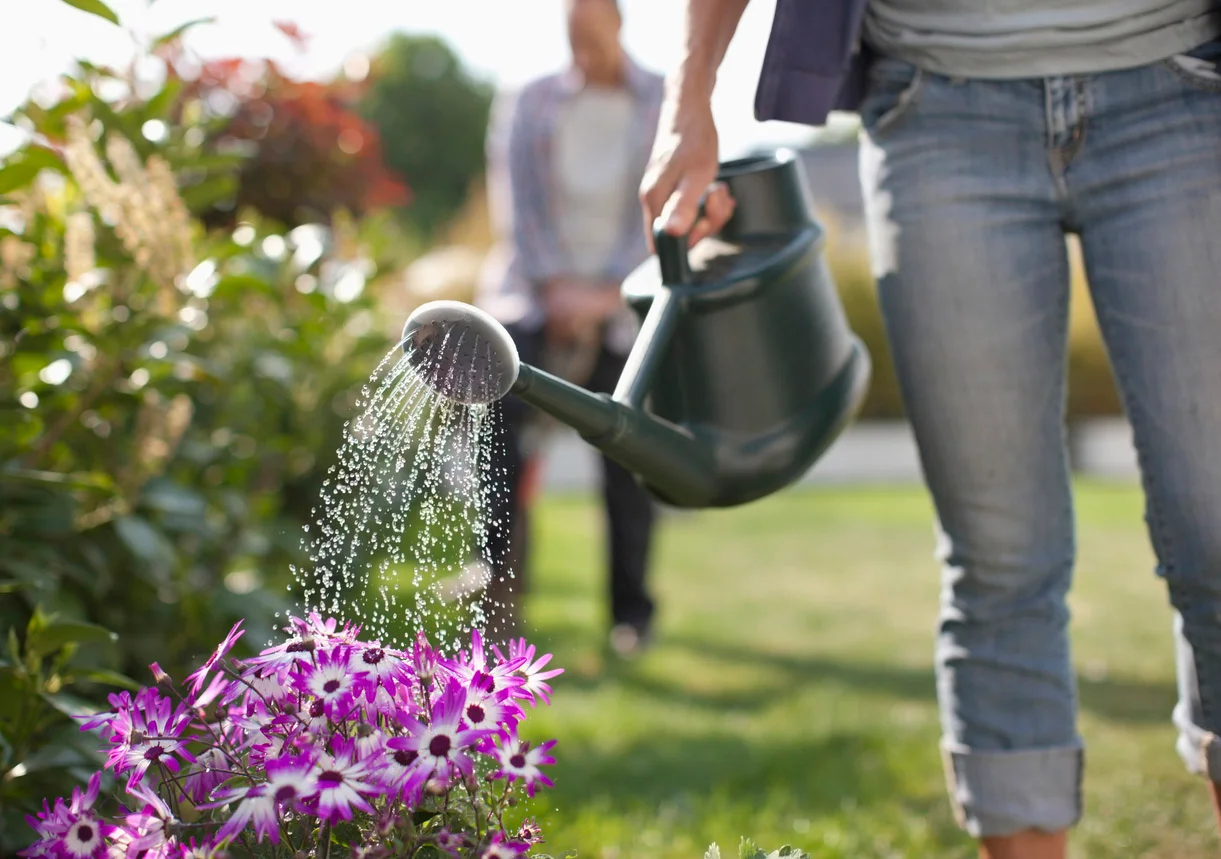
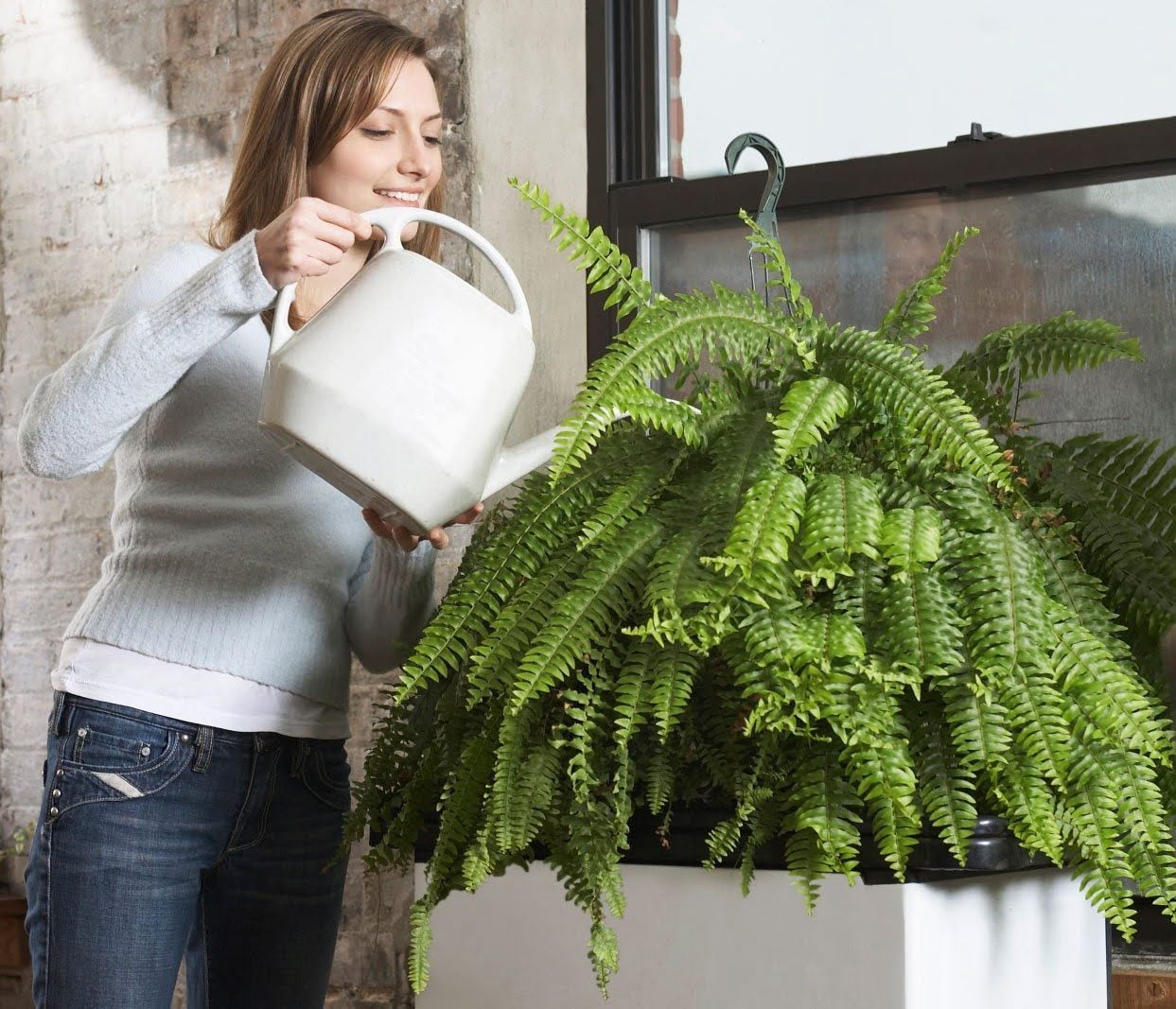
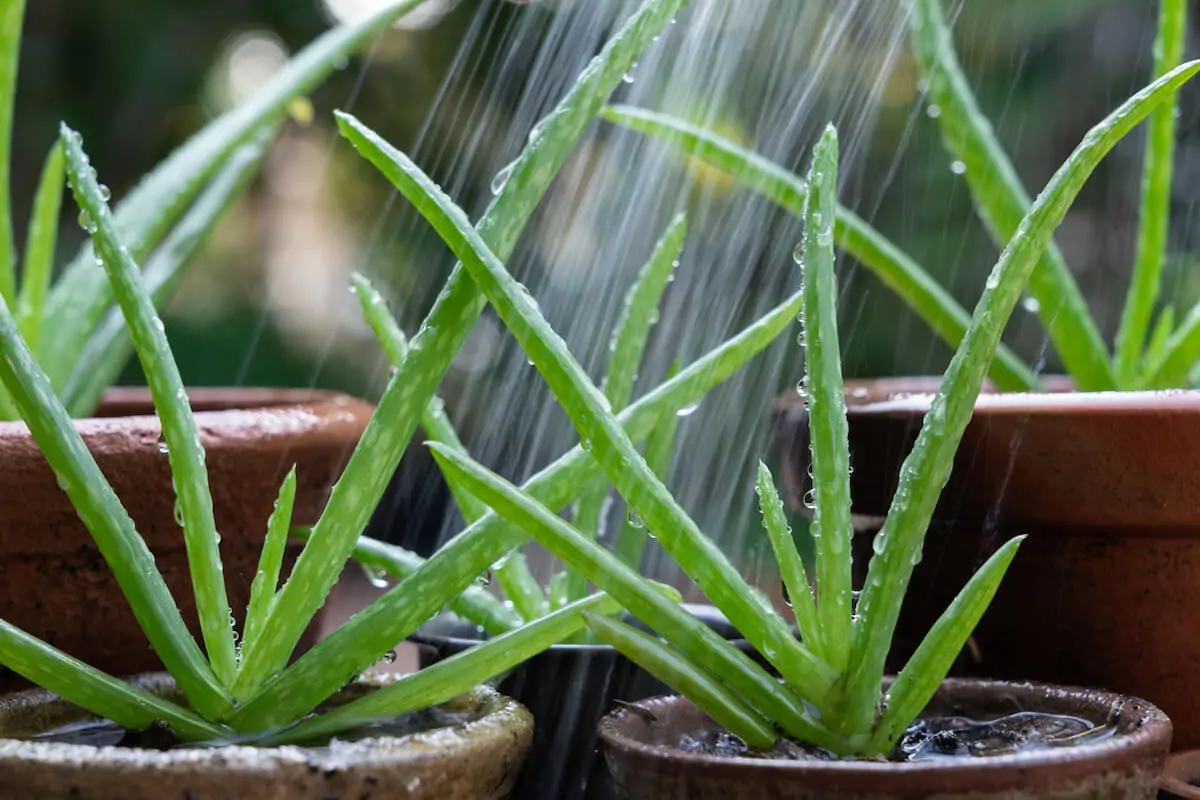

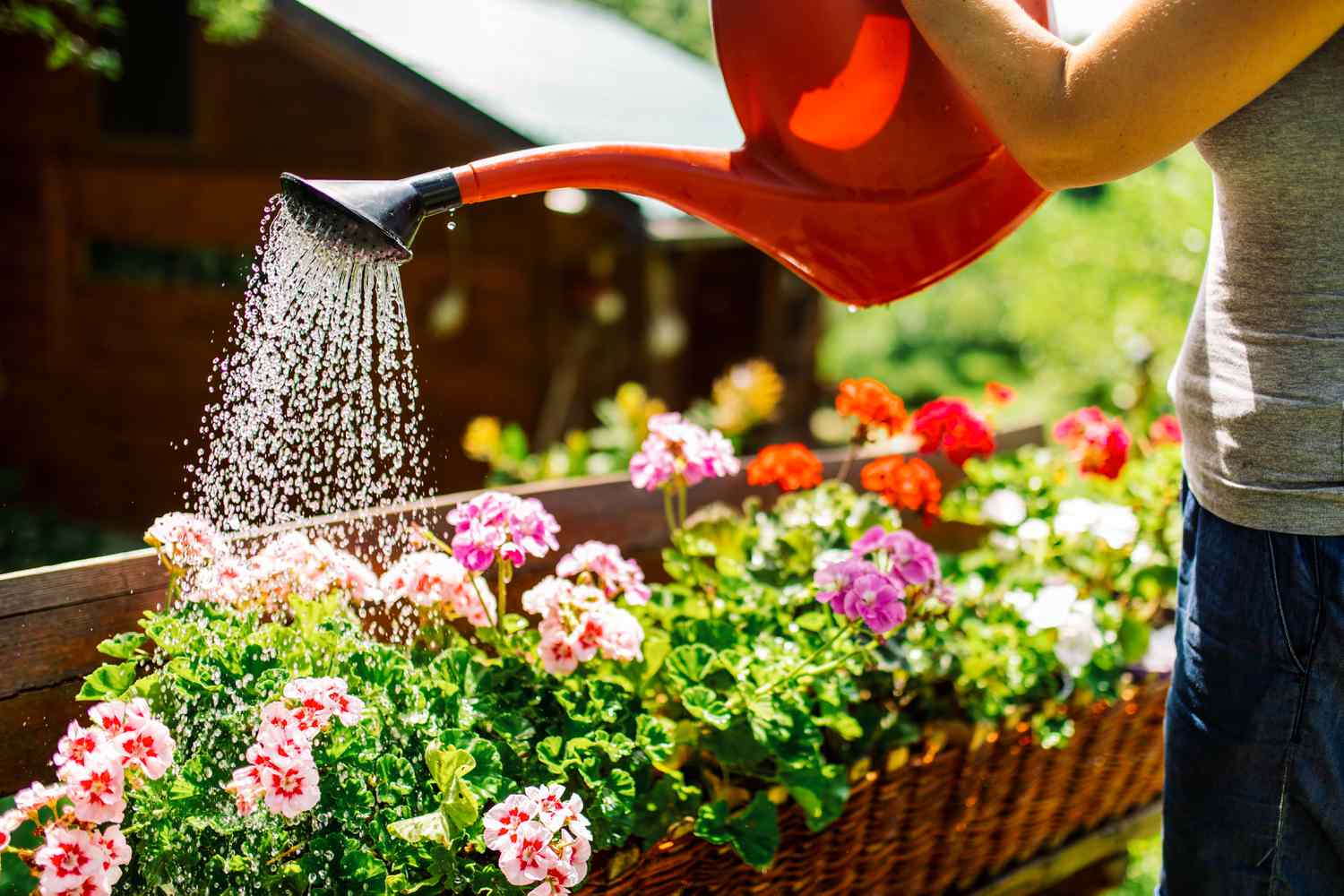
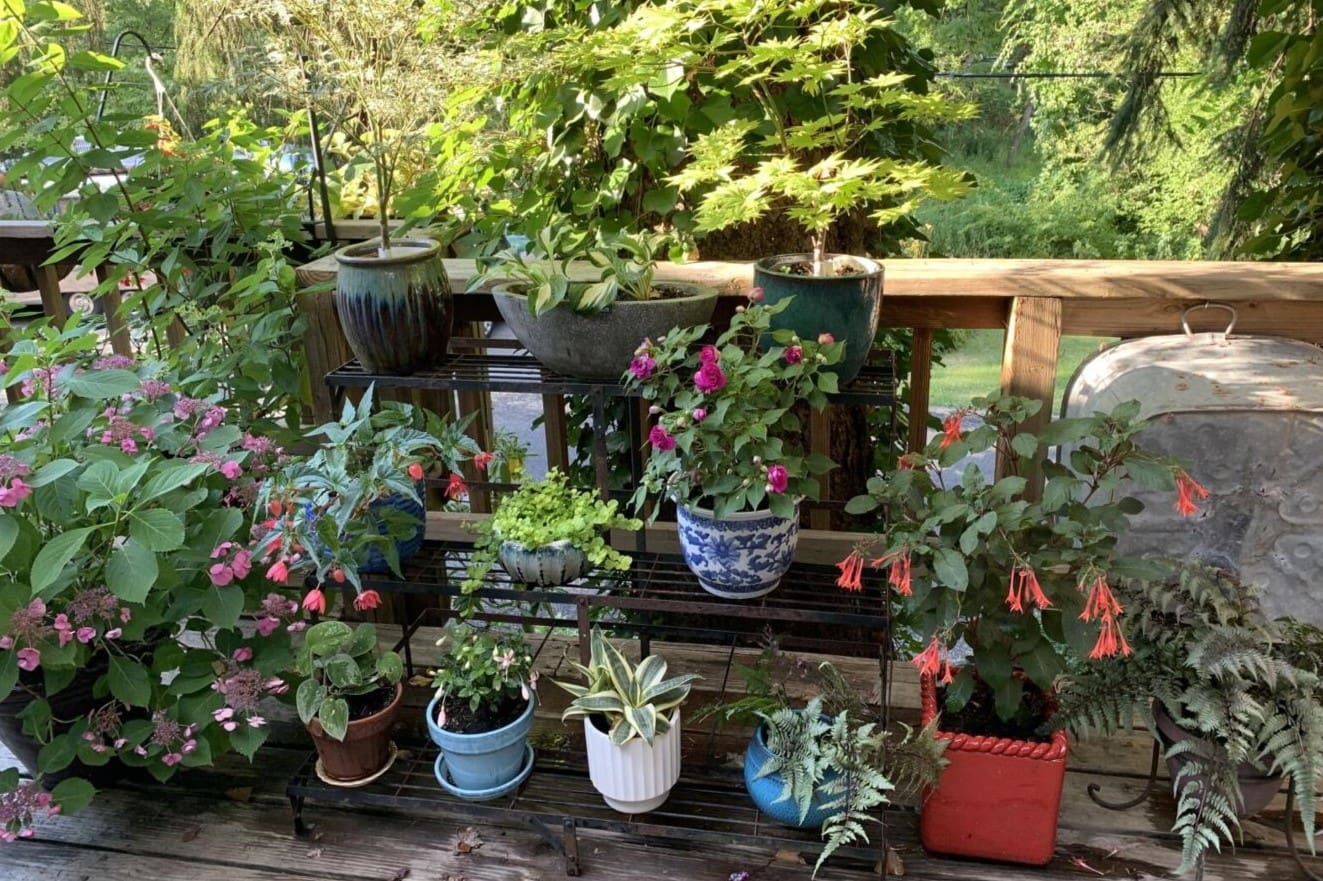
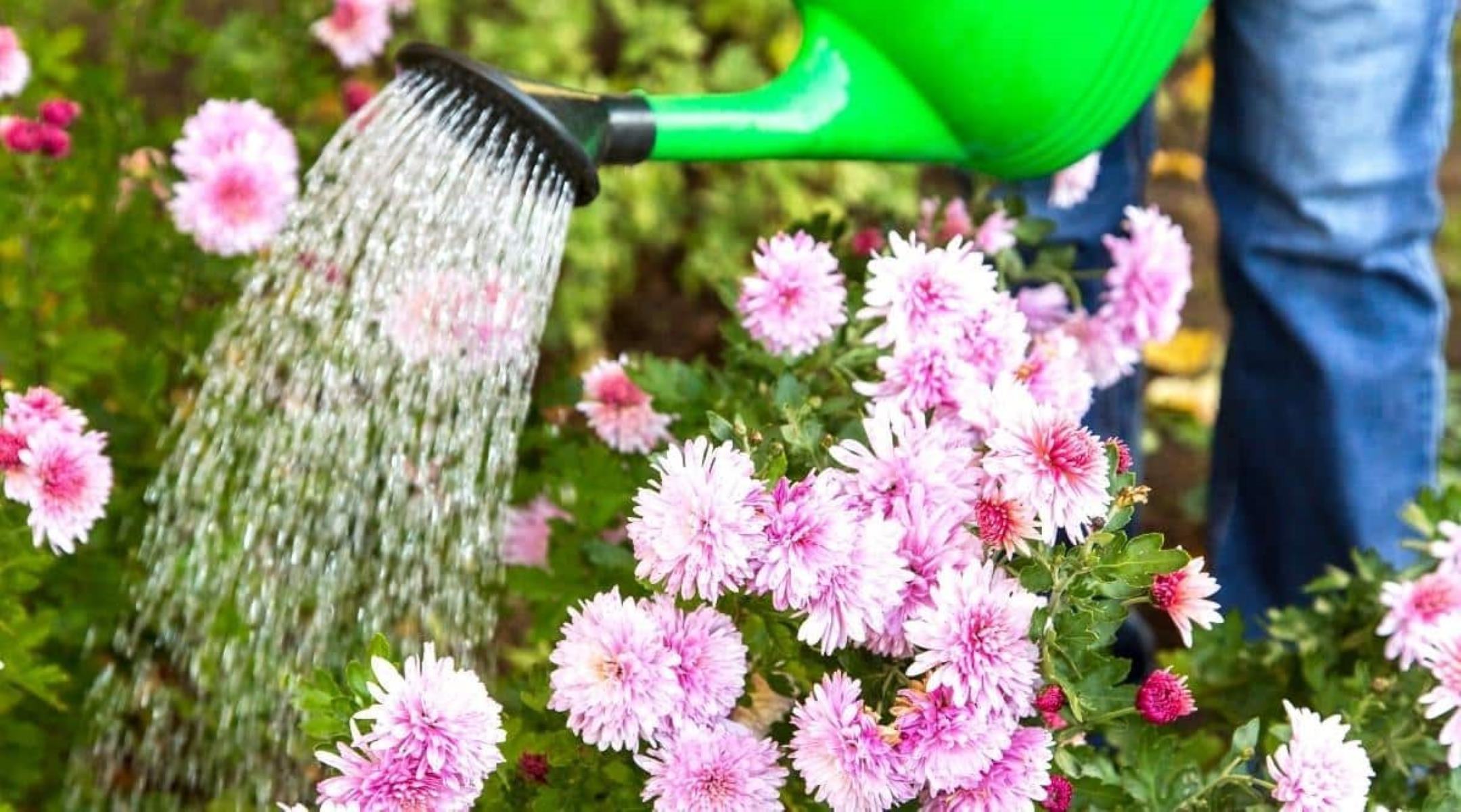
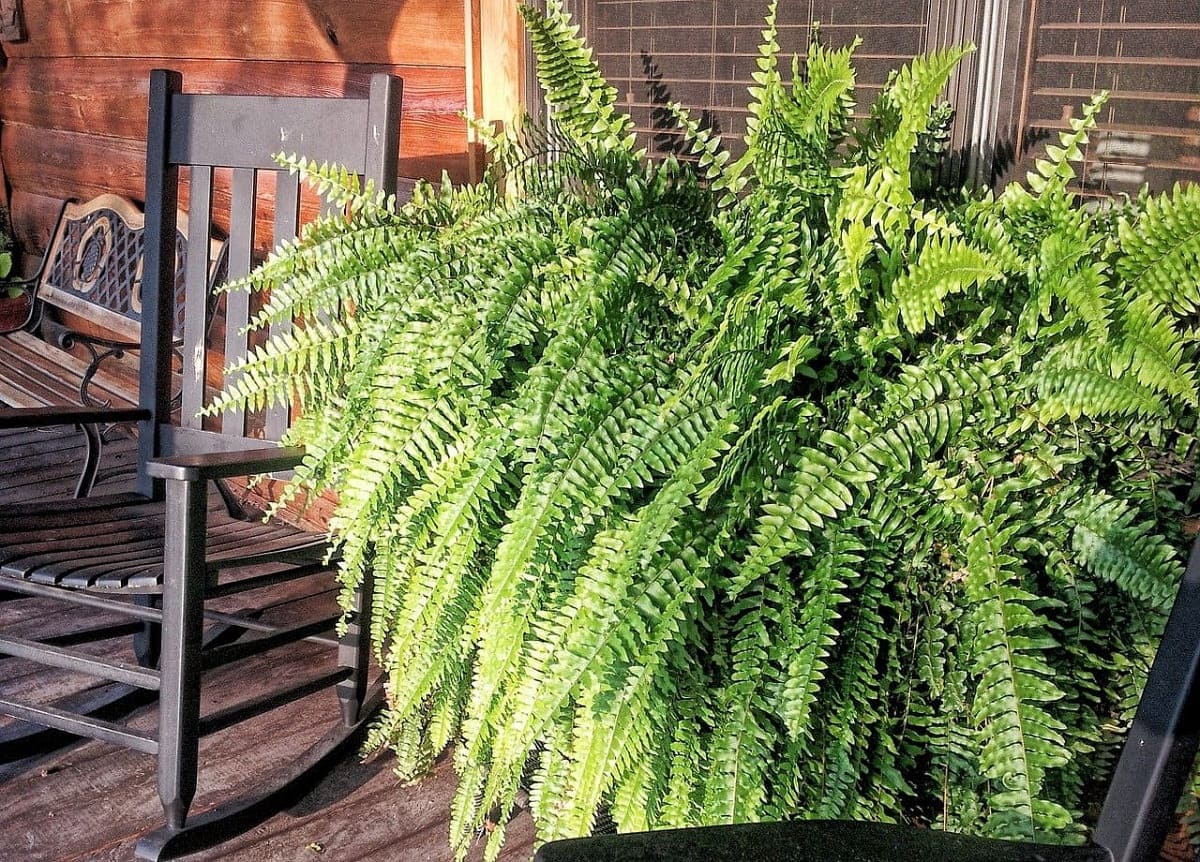
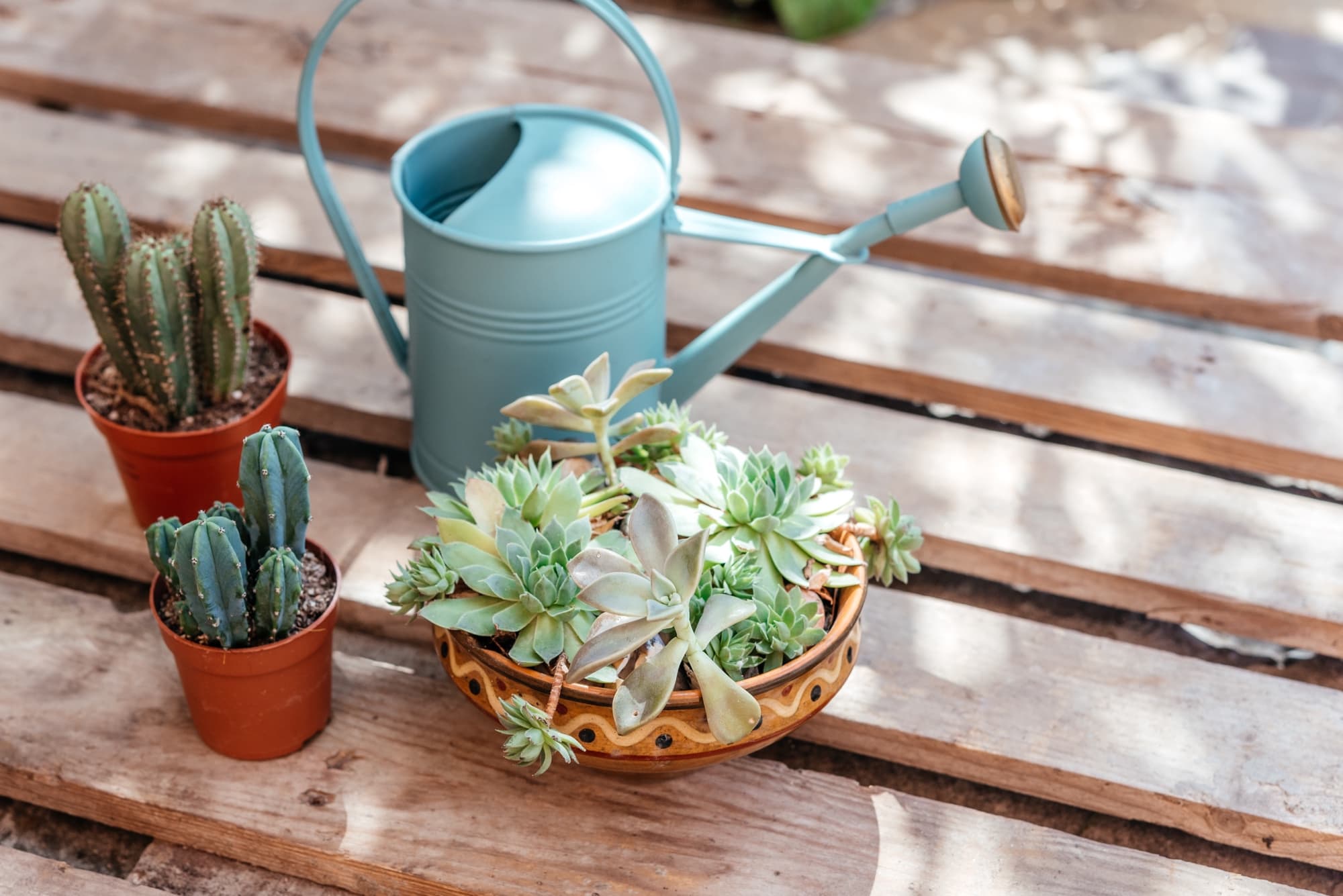

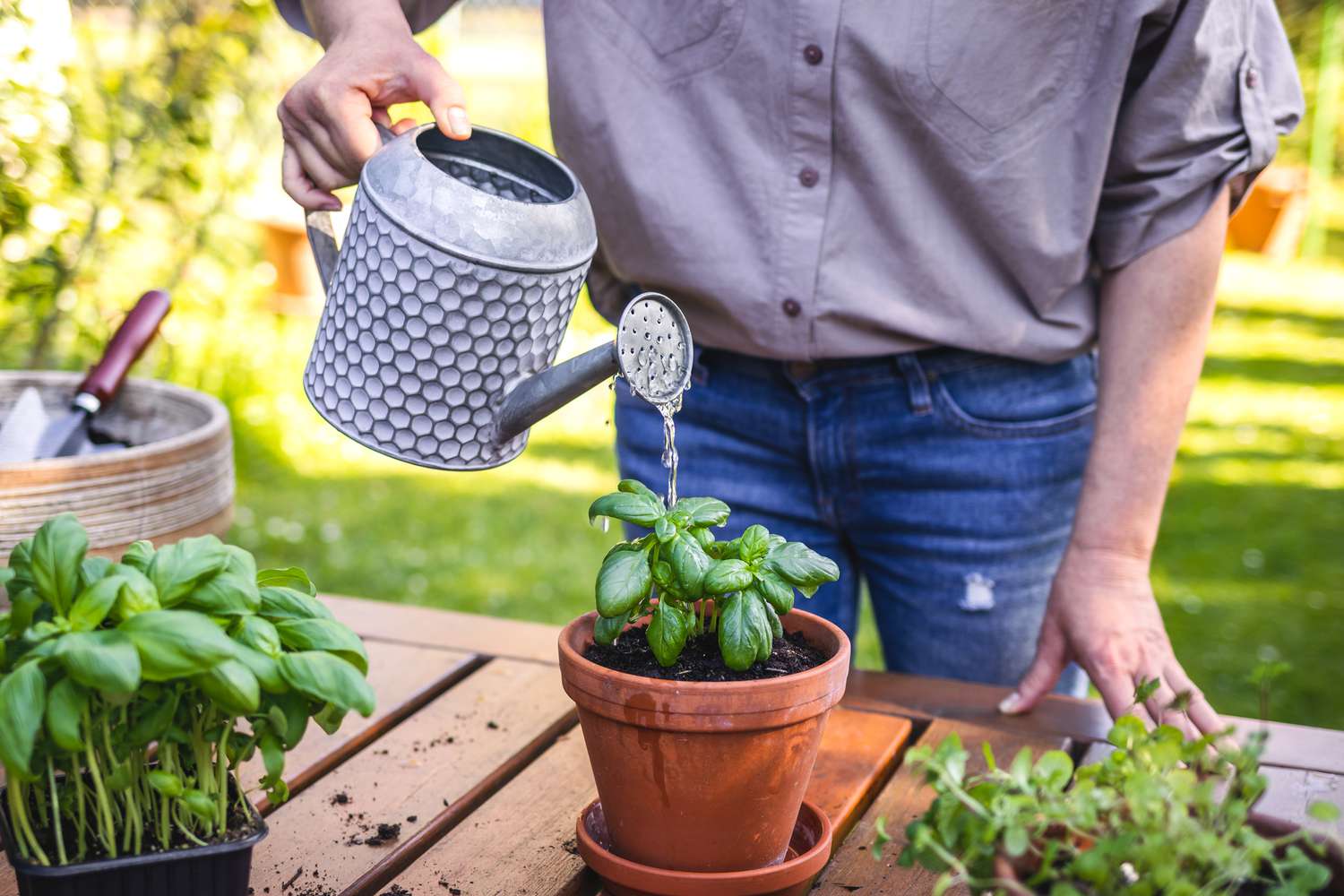
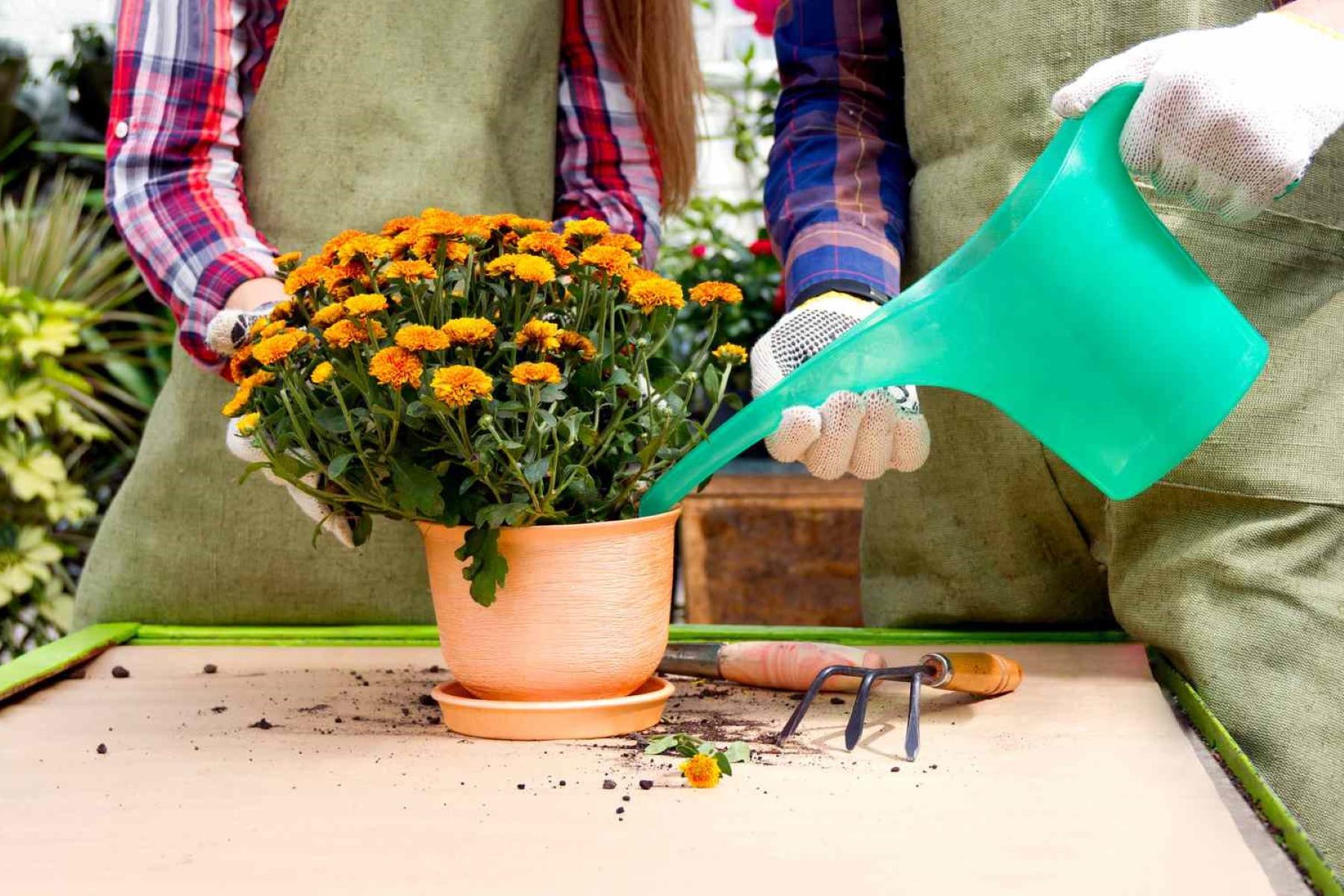
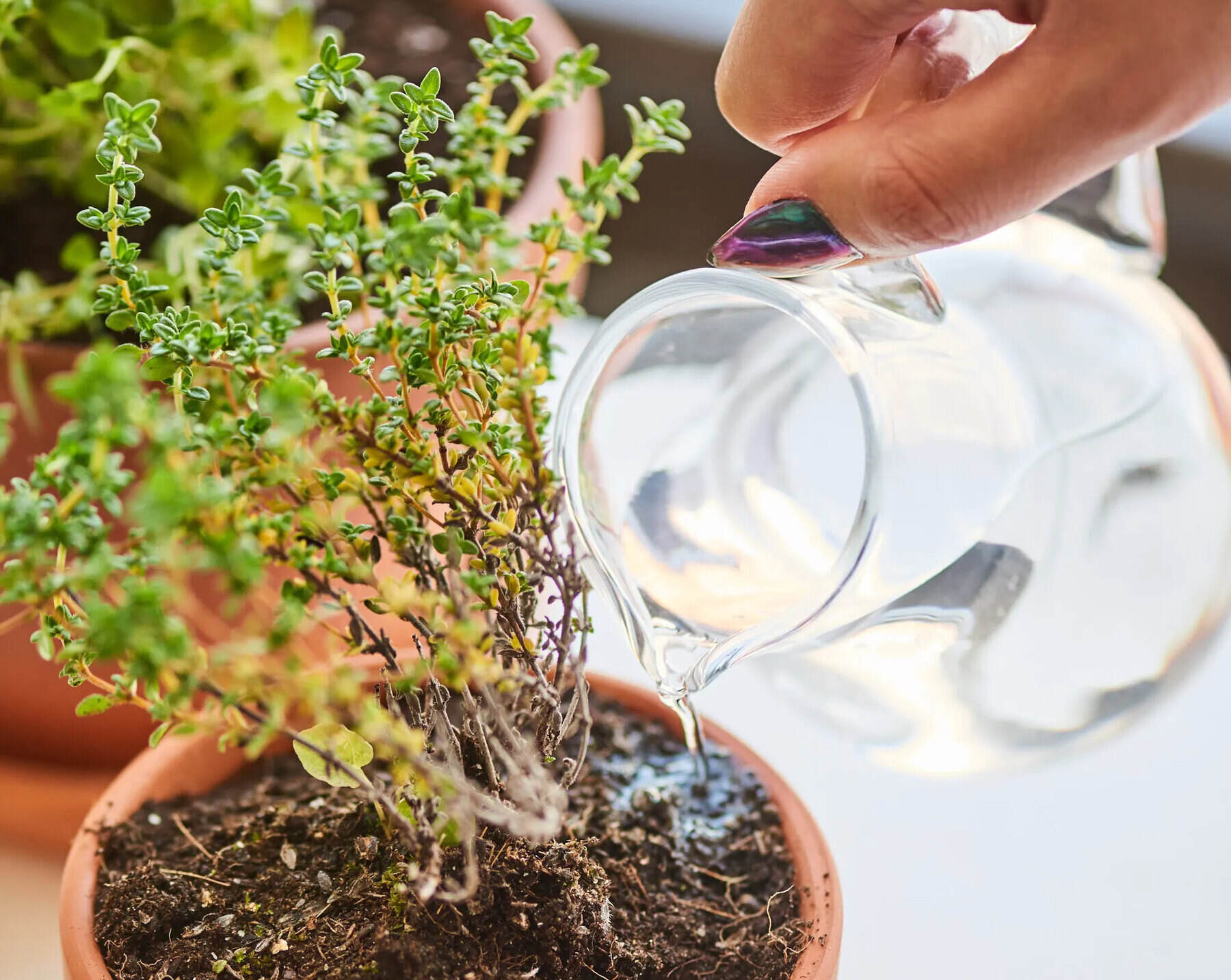
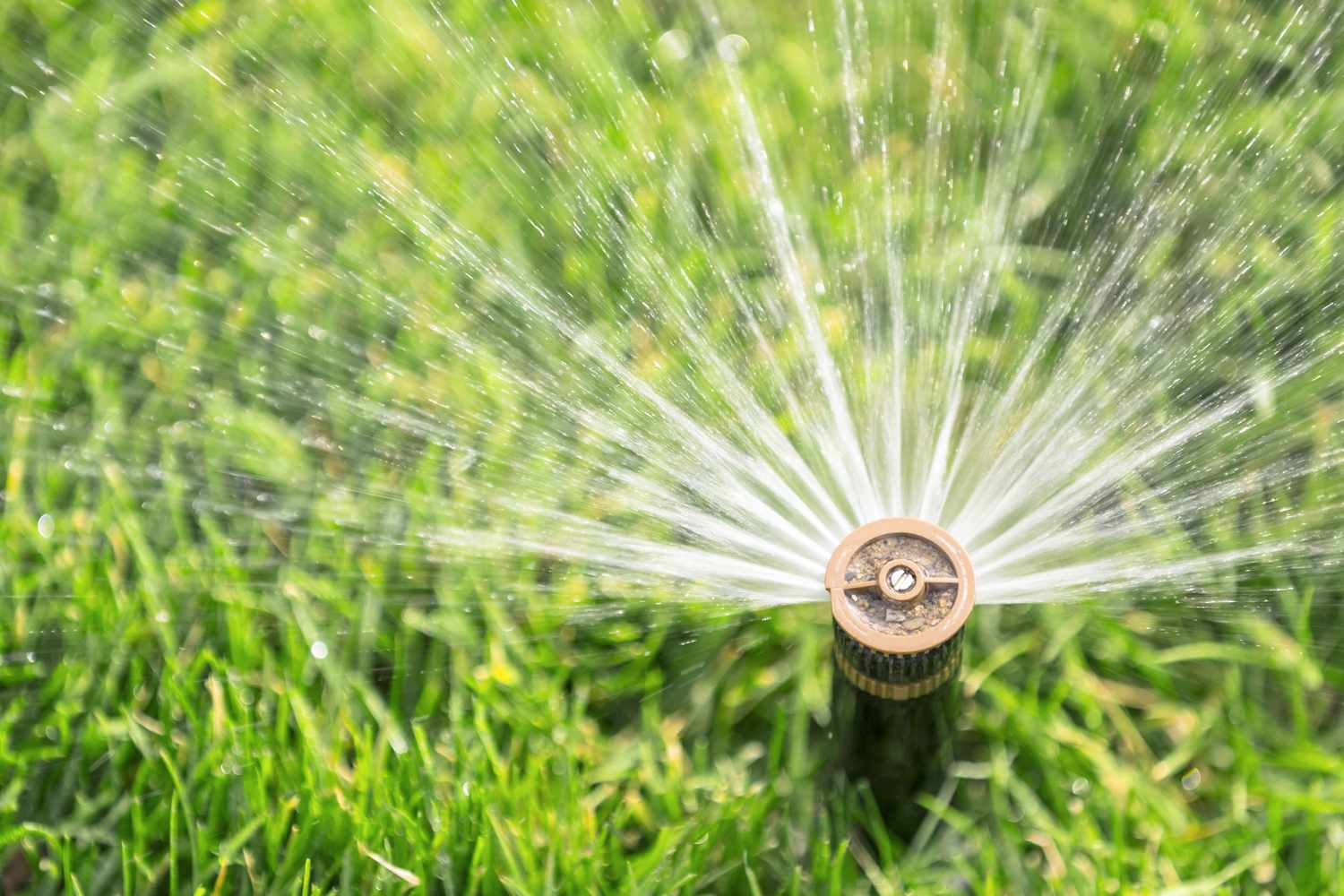

0 thoughts on “How Often To Water Outdoor Mums”